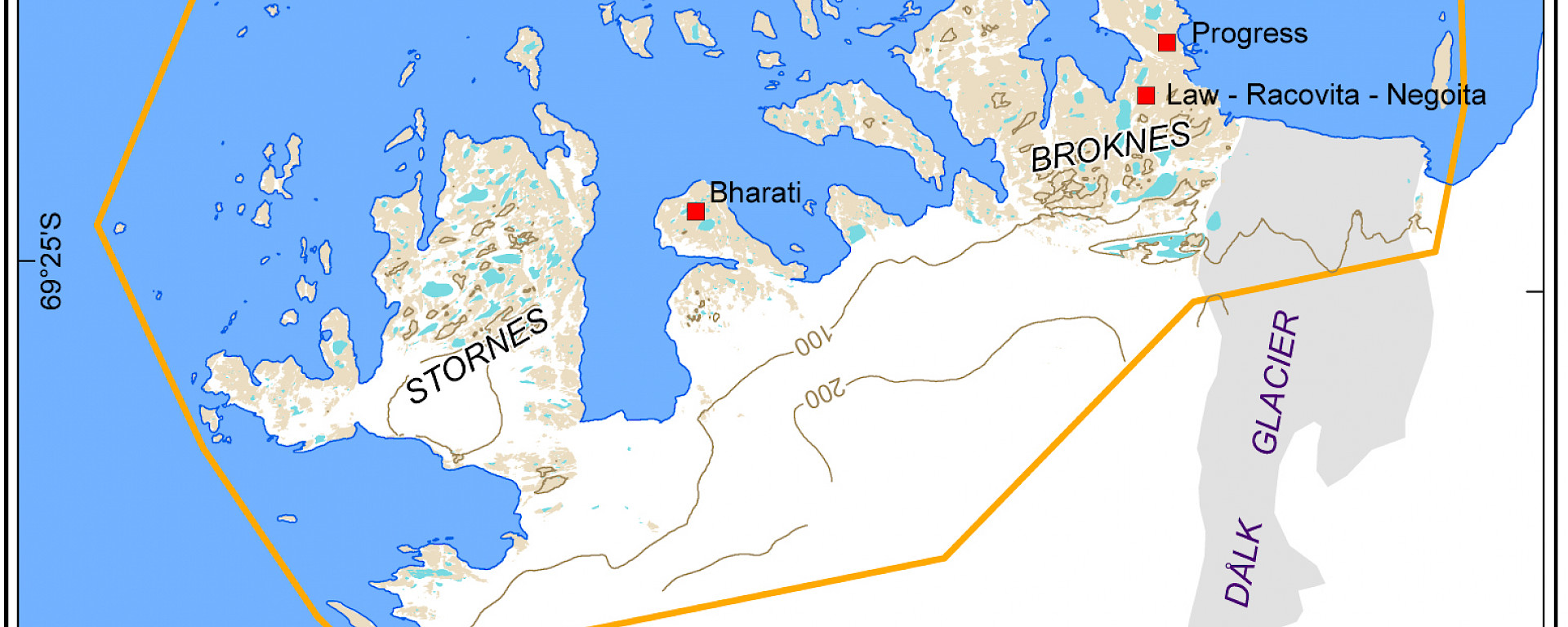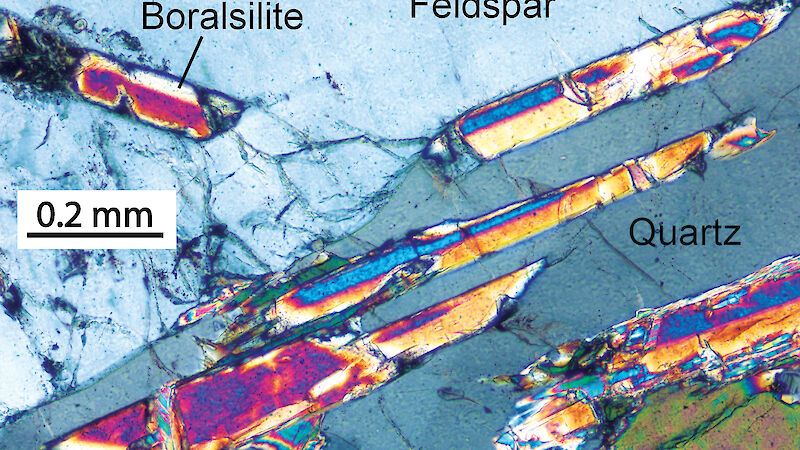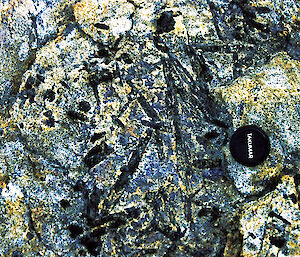Some very special Antarctic rocks, containing minerals found nowhere else on Earth, have been protected under international treaty.
Stornes, in the Larsemann Hills region in East Antarctica, was recently designated as an Antarctic Specially Protected Area. This determination recognises the region’s outstanding geological significance and gives it the highest level of environmental protection under the Antarctic Treaty’s Protocol on Environmental Protection.
Historically, Antarctic conservation efforts have focussed on sites of biological or cultural significance, whereas sites of geological significance have been underrepresented.
Four of the minerals — boralsilite, stornesite, chopinite and tassieite — are entirely new to science. Outside the Larsemann Hills, boralsilite is known only from Rogaland, Norway, while the other three minerals have not been found anywhere else on Earth.
Stornes Peninsula is known as a ‘type locality’ for these four new minerals, which is the location where a new mineral is first described.
Stornes Peninsula contains many other minerals, such as prismatine, grandidierite and wagnerite which, while rare globally, are quite abundant in the Larsemann Hills region.
The mineral-containing rocks are collectively known as ‘hard rock’ occurrences — a geological term used to signify crystalline rocks (igneous or metamorphic) as opposed to ‘soft-rock’ which refers to sedimentary or unconsolidated material.




